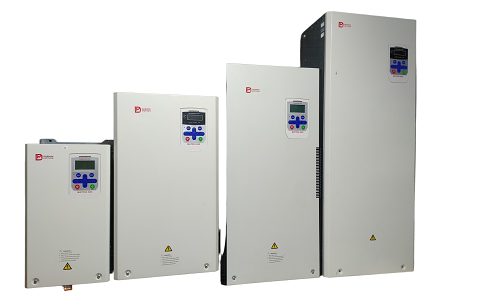Posted on 2nd Jul 2025

When it comes to motor control in industrial automation, choosing the right drive technology is critical. Darwin Motion, a trusted name in motion control systems, offers both Variable Frequency Drives (VFDs) and servo drives—each designed for specific applications. But what exactly sets them apart?
In this article, Darwin Motion explains the key differences between VFD and servo drives, helping you make an informed decision for your motor control needs.
A VFD is a device that controls the speed and torque of an AC induction motor by varying the frequency and voltage supplied to it. VFDs are commonly used in applications where precise speed control is needed, but high positional accuracy is not required.
Key Uses:
Pumps
Fans
Blowers
Conveyors
Main Advantages:
Energy efficiency
Smooth motor acceleration
Simple control interface
Cost-effective
A servo drive is designed for high-performance motion control. It works with a servo motor and feedback device (like an encoder) to provide precise control of position, speed, and torque. Servo drives are essential in applications that require exact movement, rapid acceleration, and high repeatability.
Key Uses:
Robotics
CNC machines
Packaging systems
Automated assembly lines
Main Advantages:
High-precision motion
Real-time feedback control
Excellent dynamic performance
Accurate positioning and repeatability
| Feature | VFD | Servo Drive |
|---|---|---|
| Motor Type | AC Induction Motor | Servo Motor (AC/DC) |
| Feedback System | Not typically used | Uses encoders/resolvers |
| Precision Control | Moderate | High |
| Typical Applications | HVAC, conveyors, pumps | Robotics, CNC, automation |
| Cost | Lower | Higher |
| Dynamic Response | Slower | Fast and accurate |